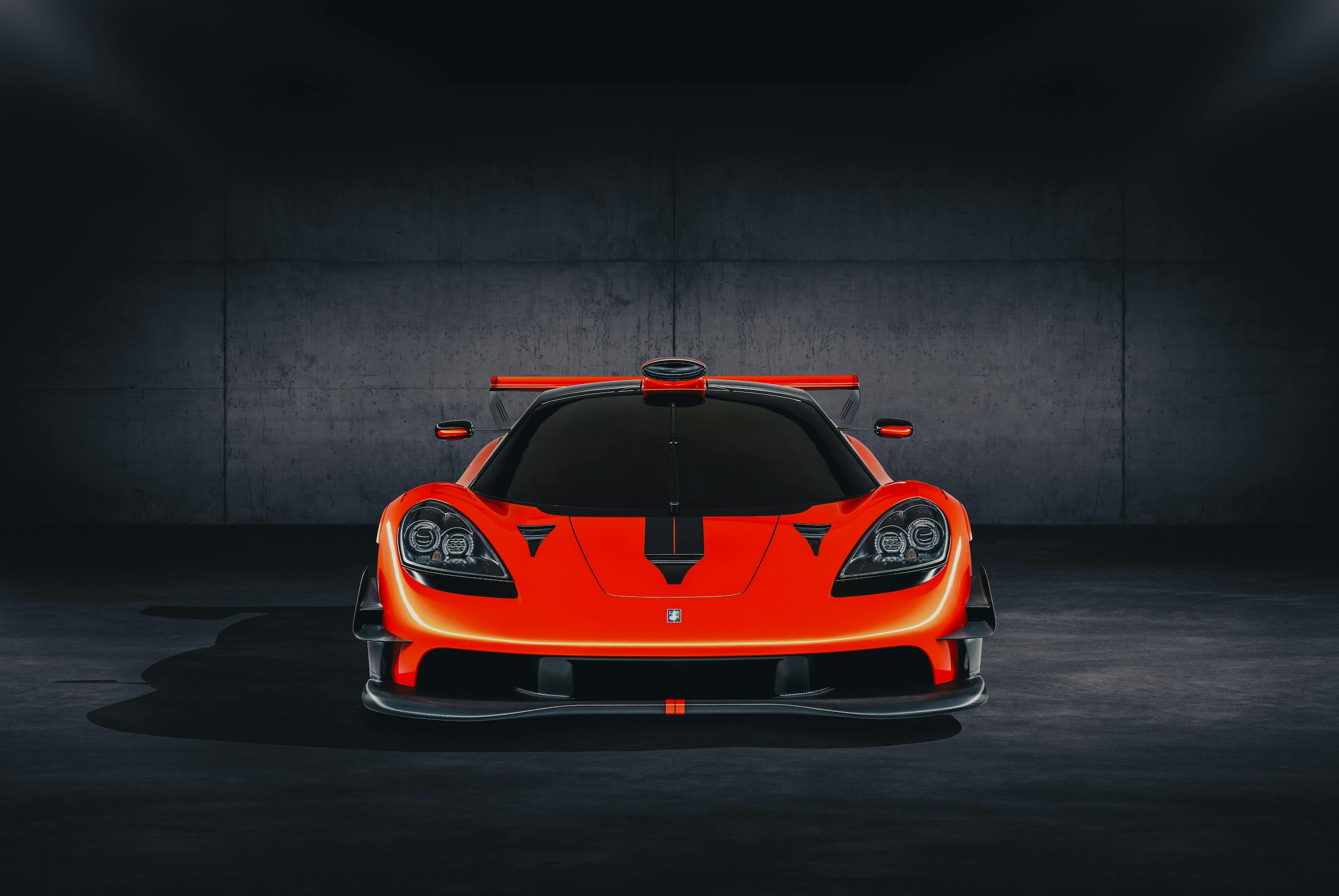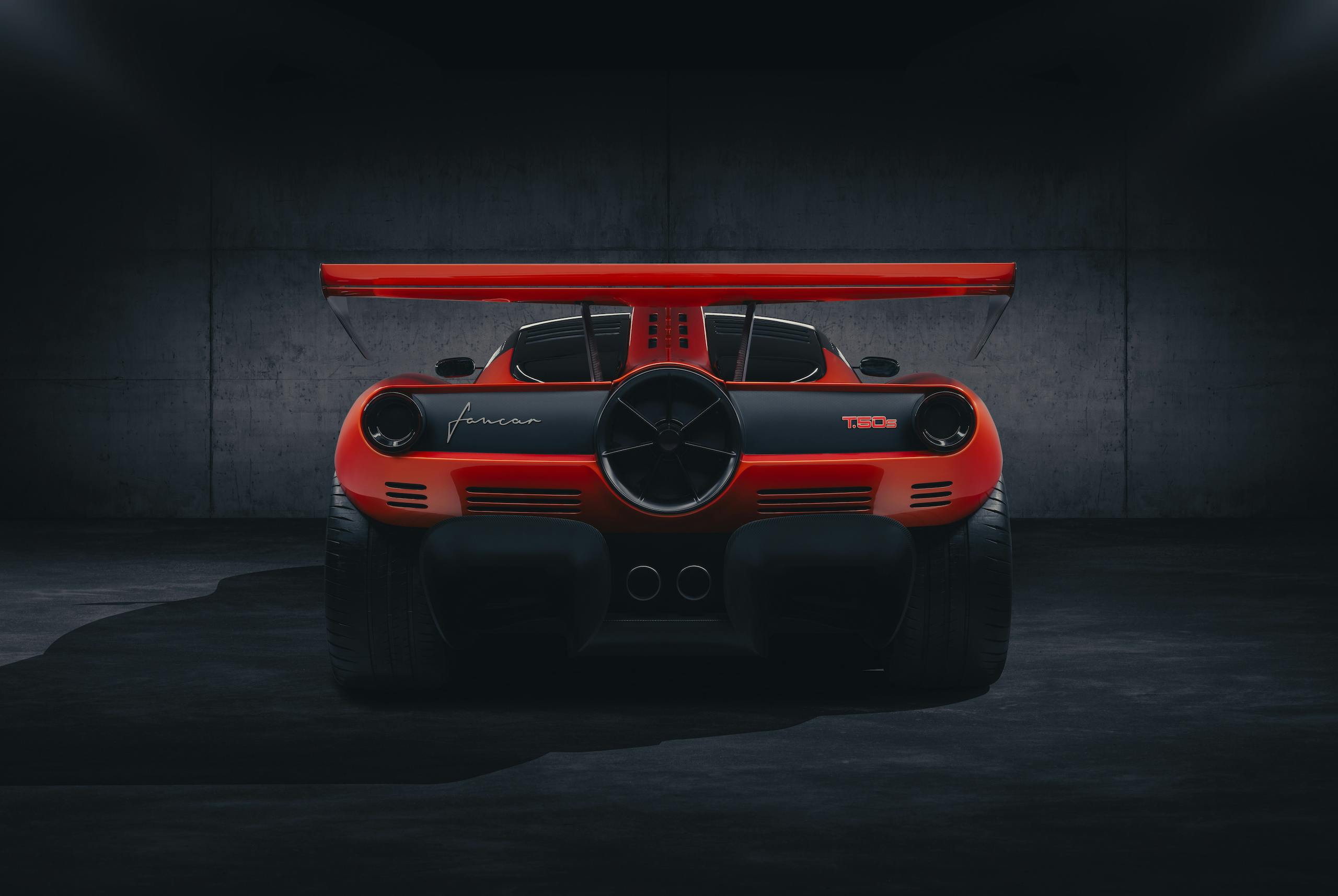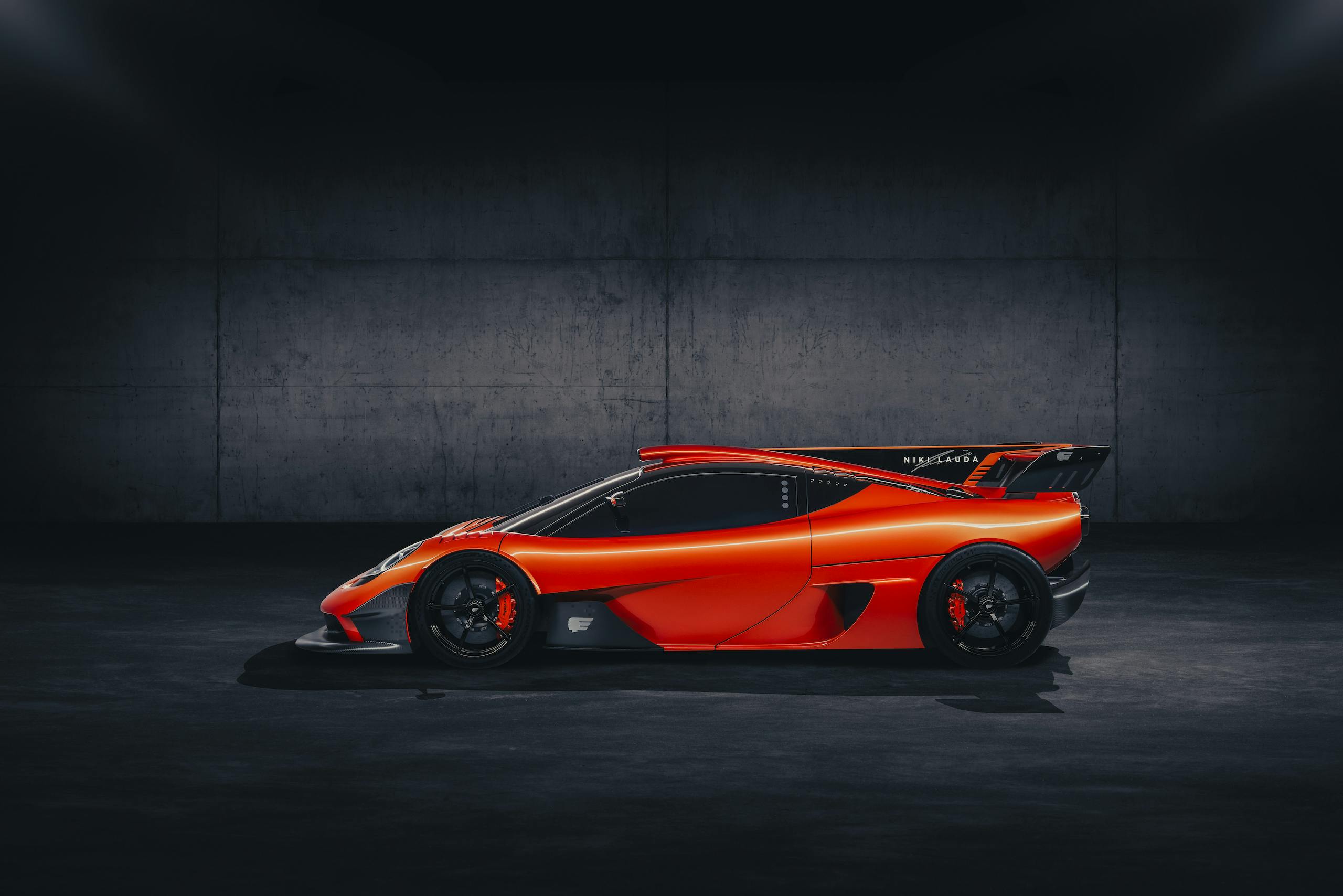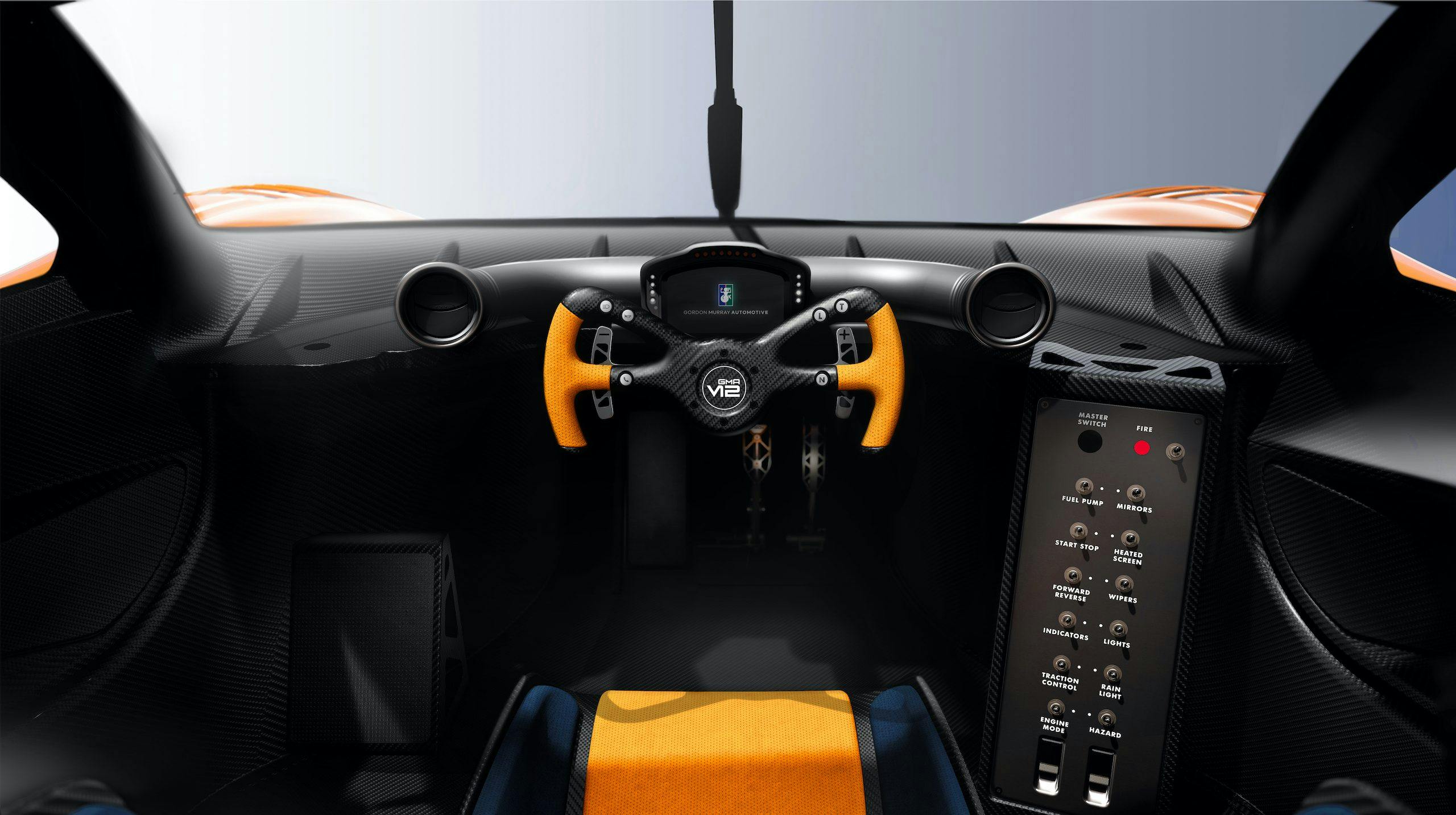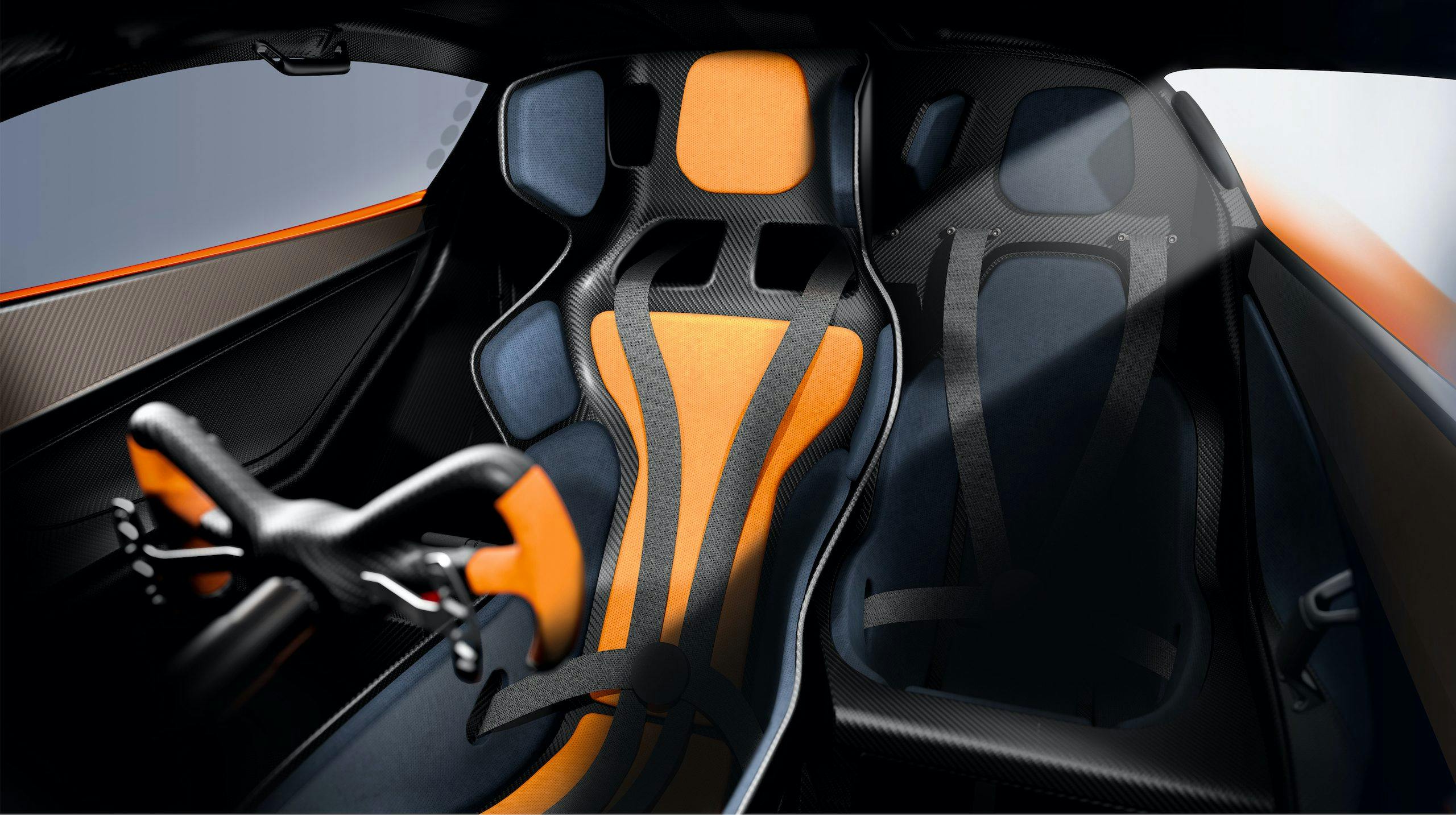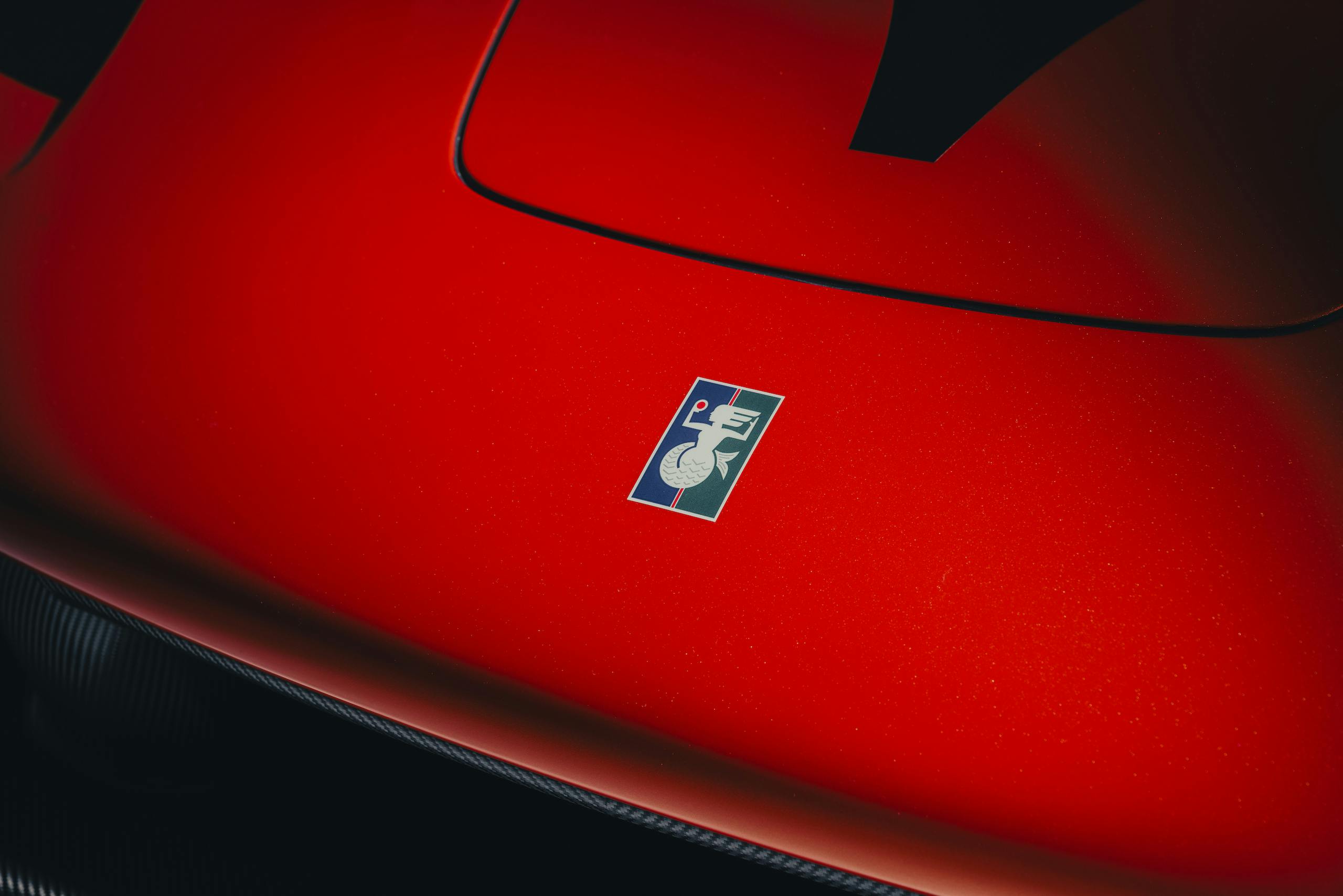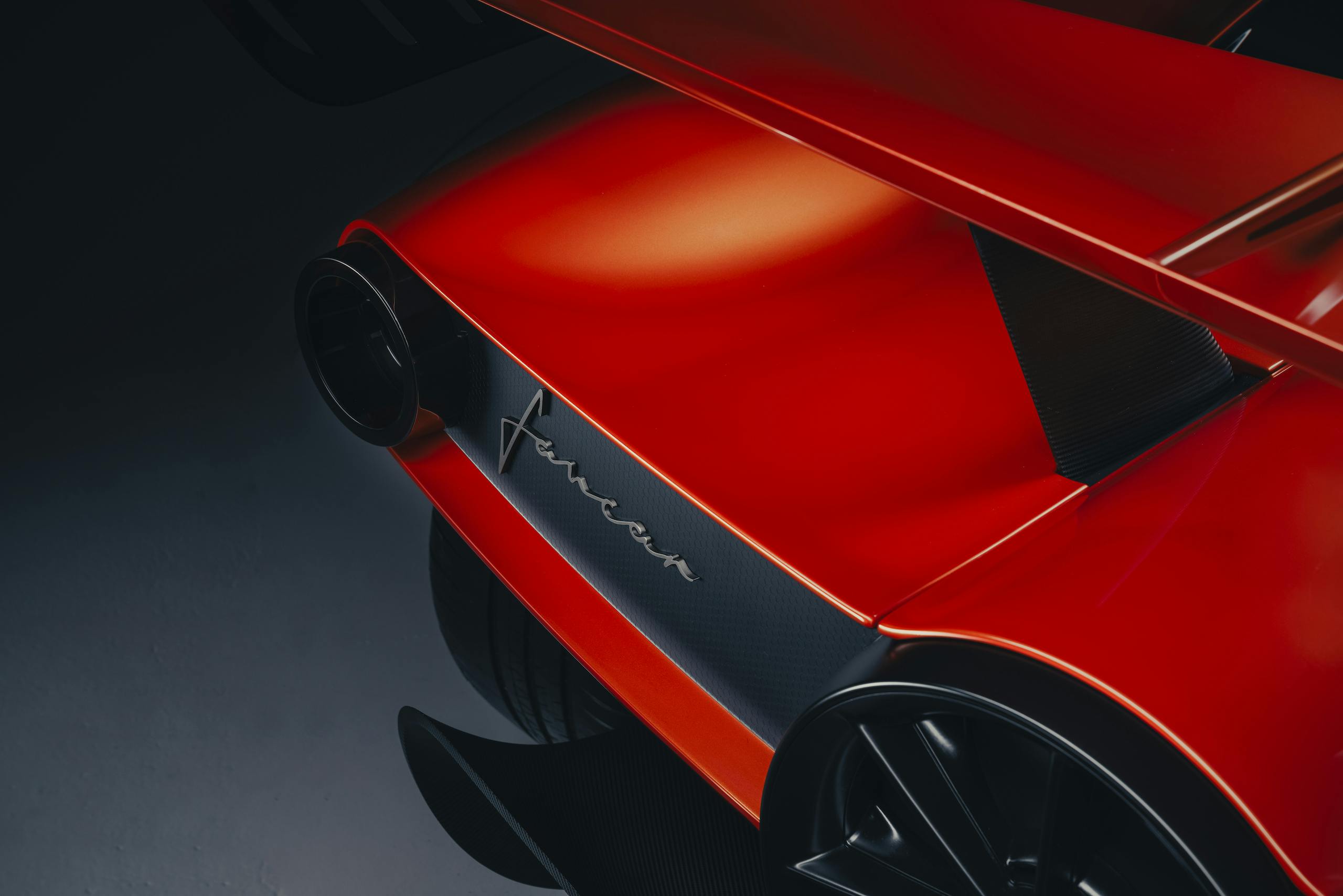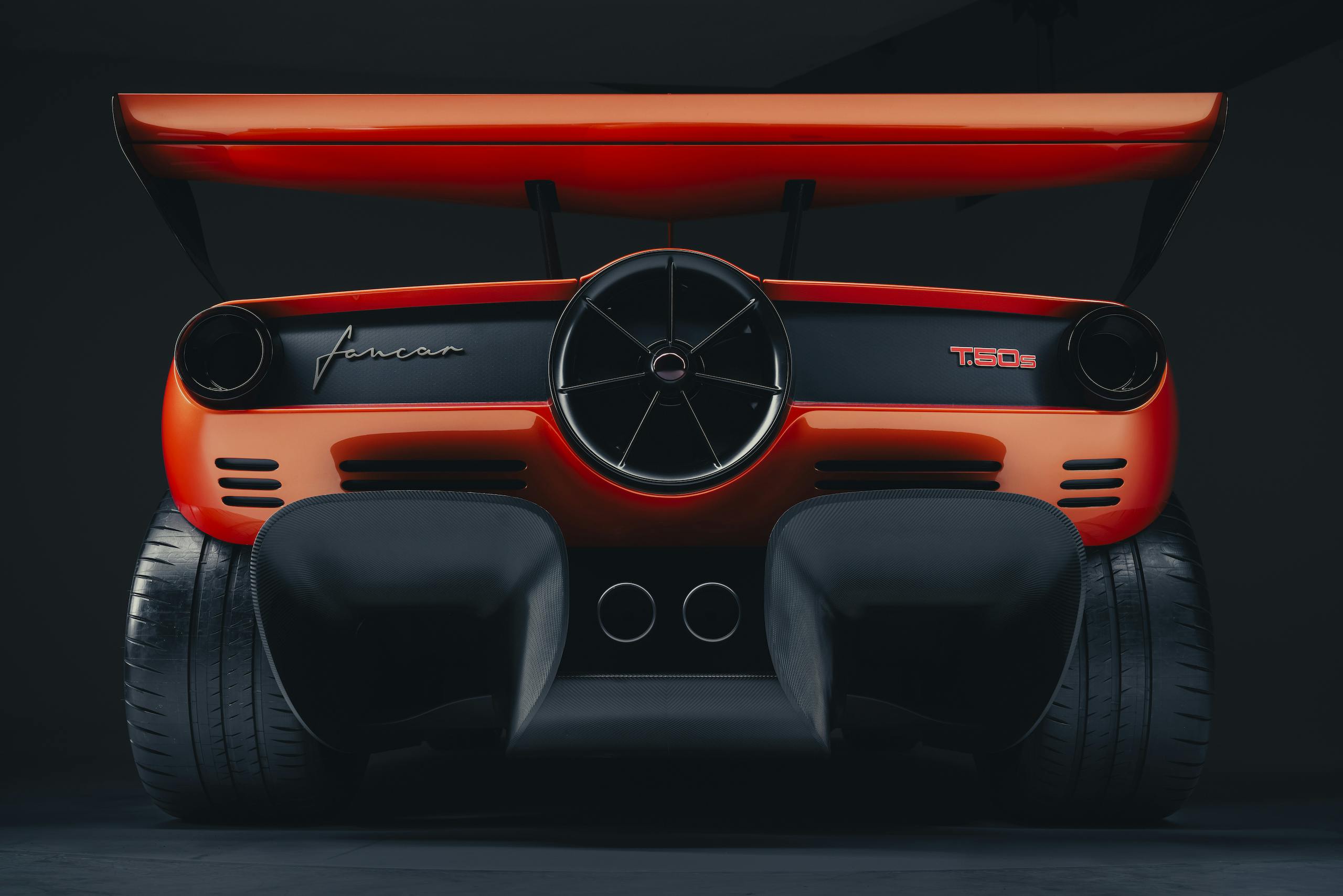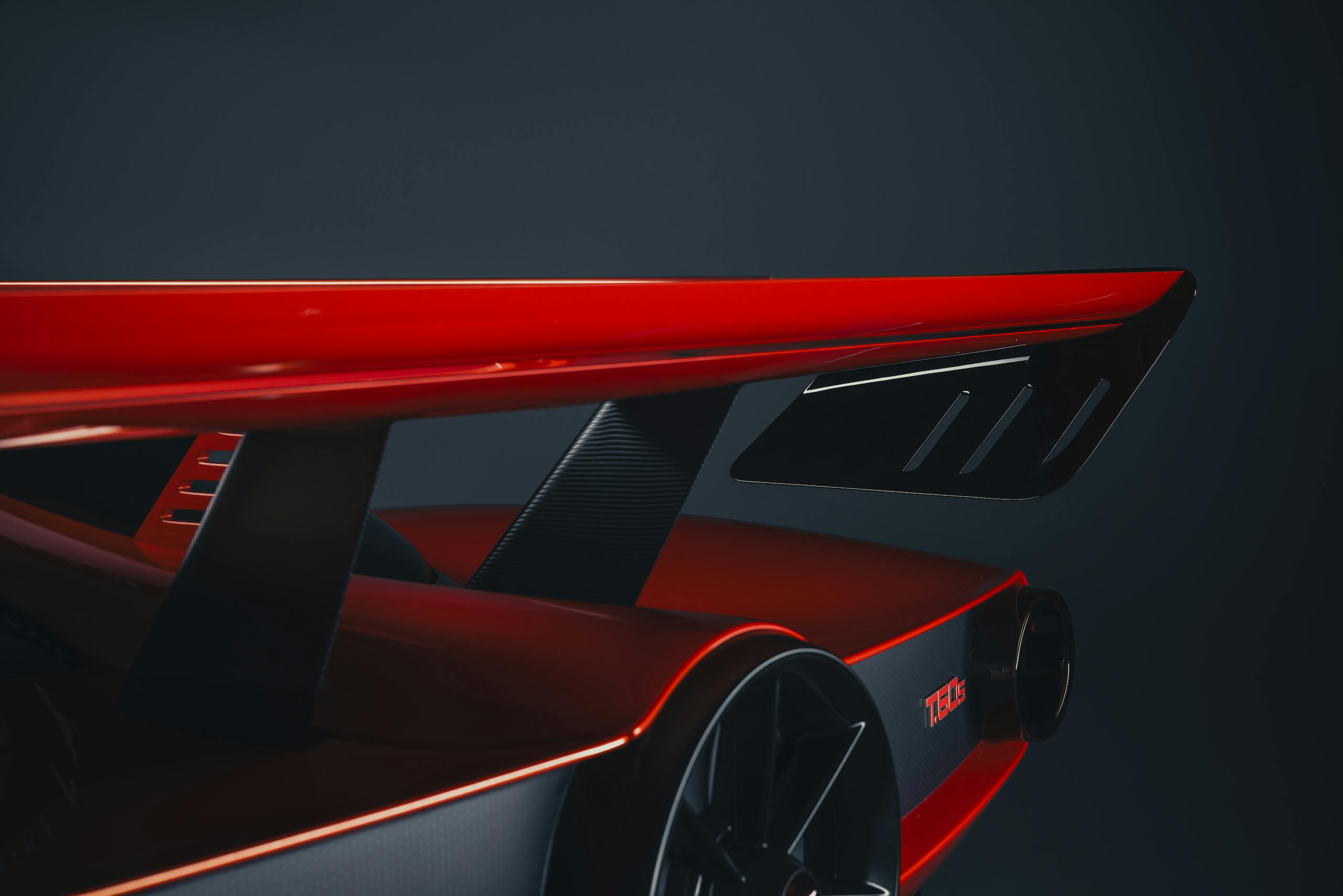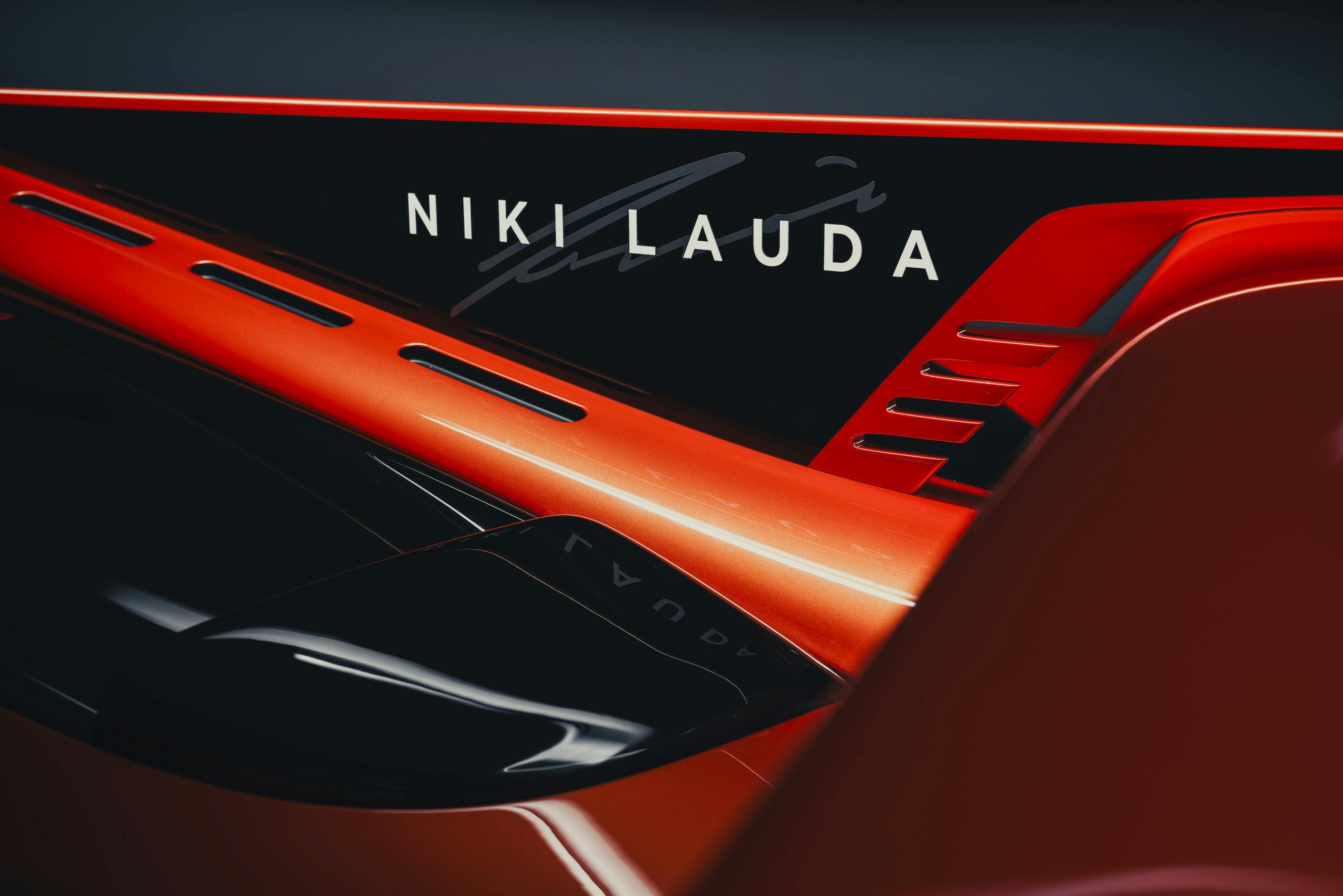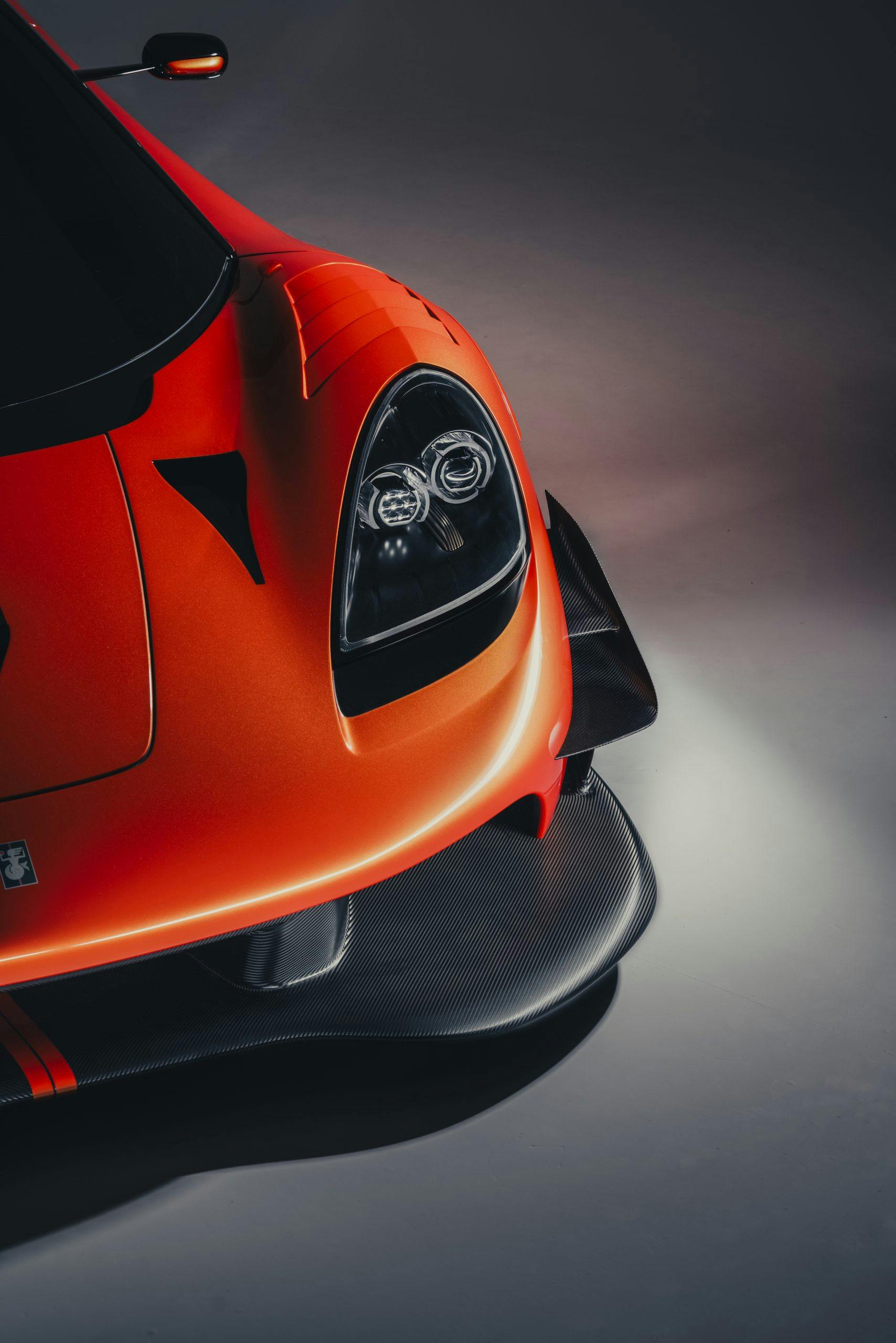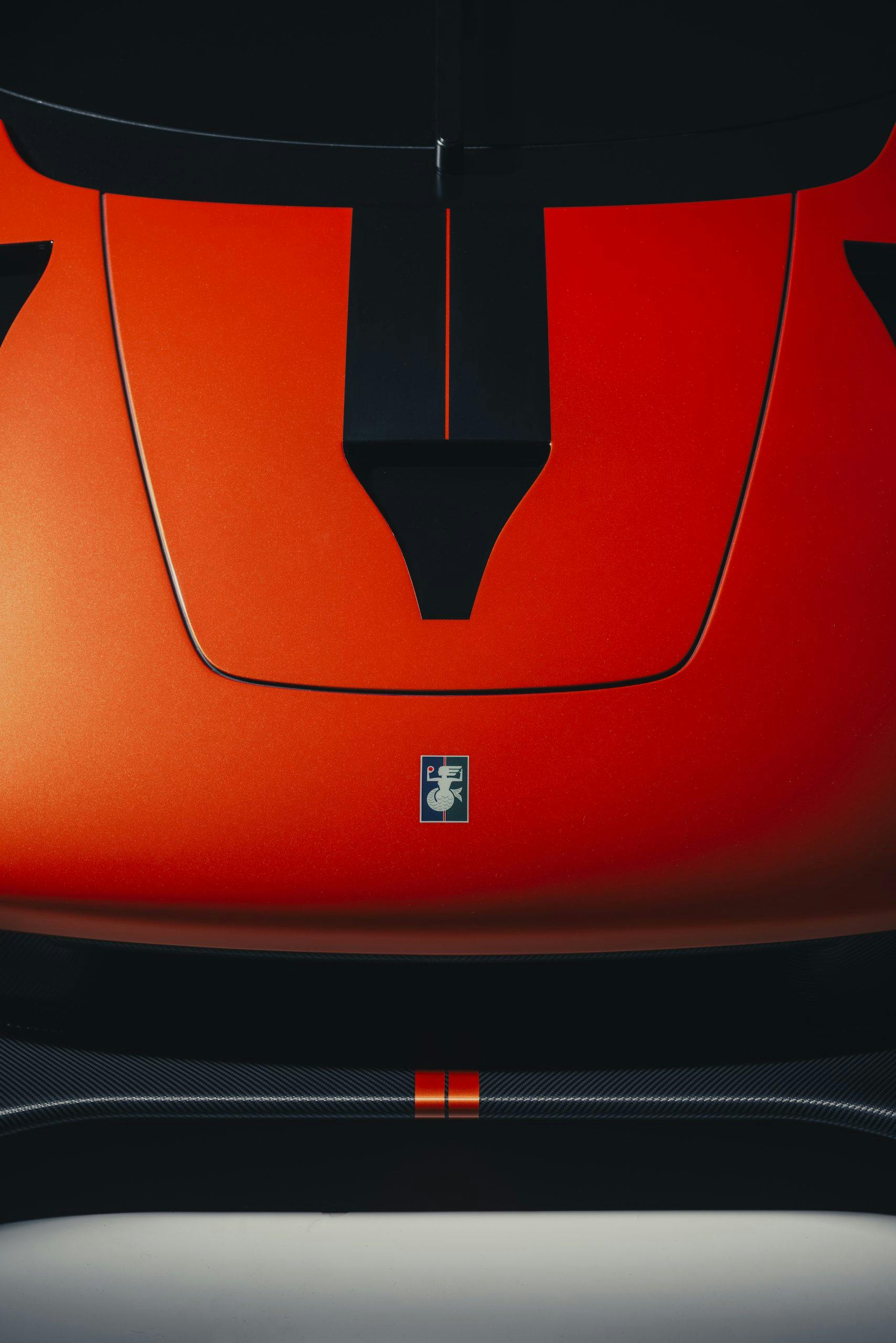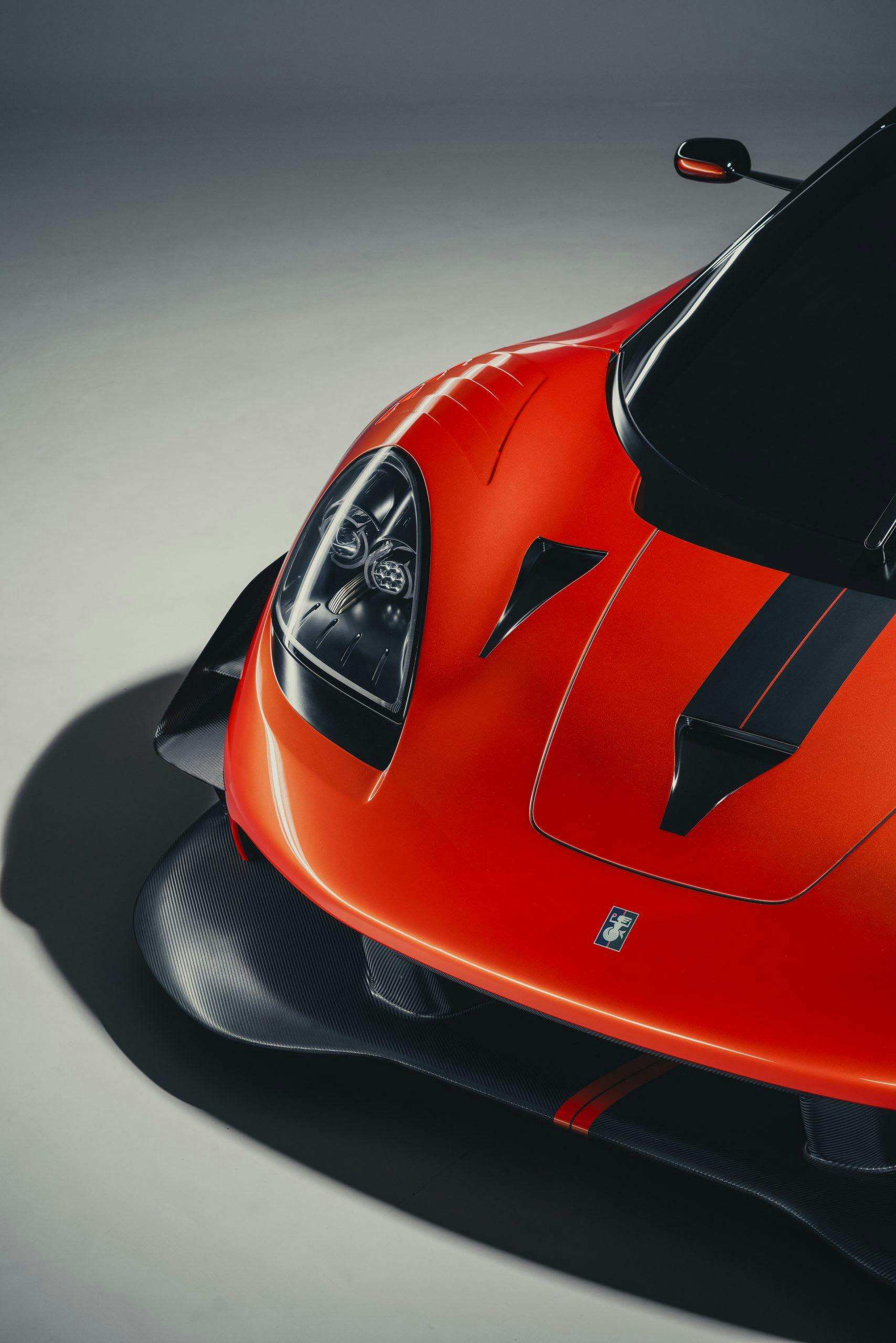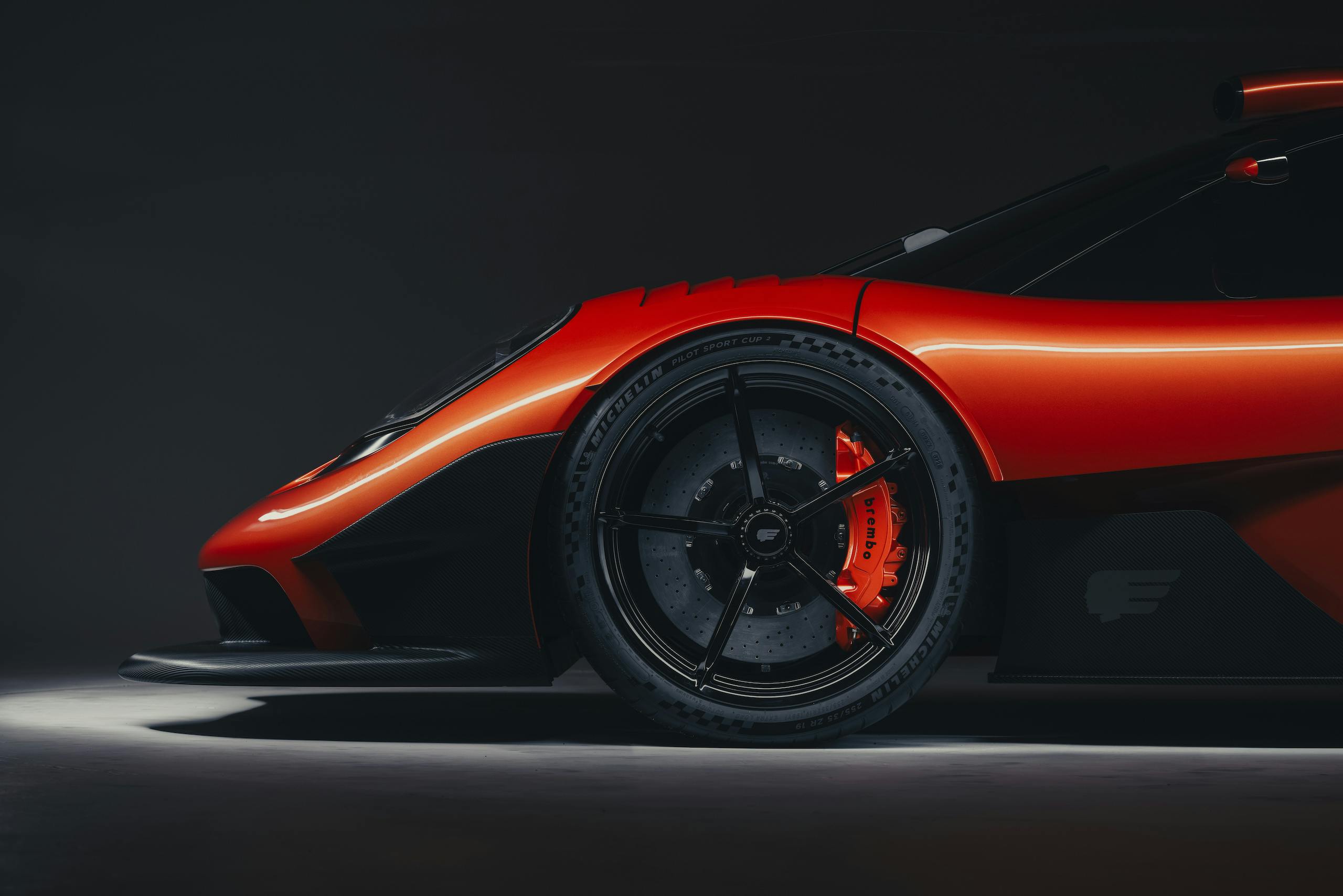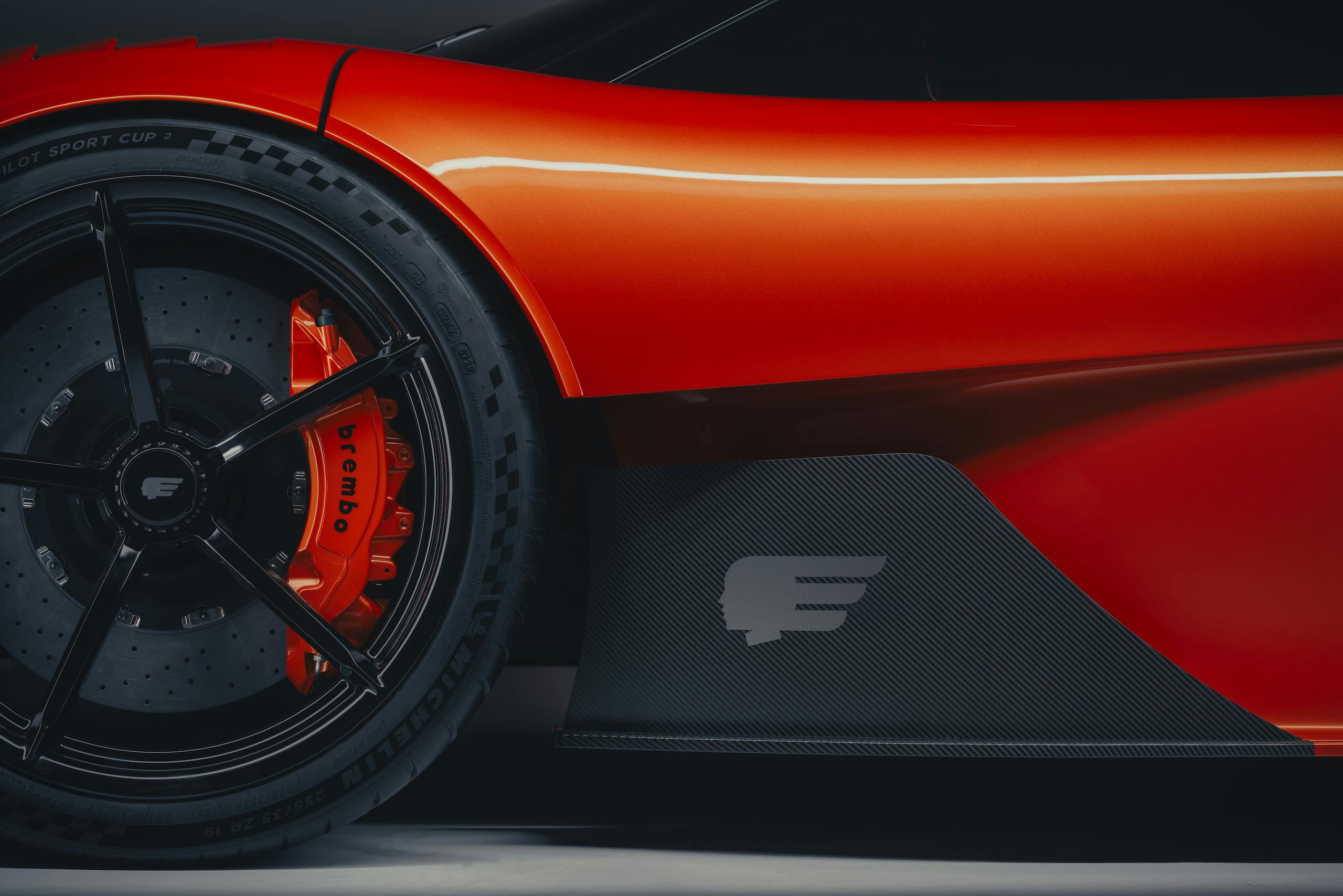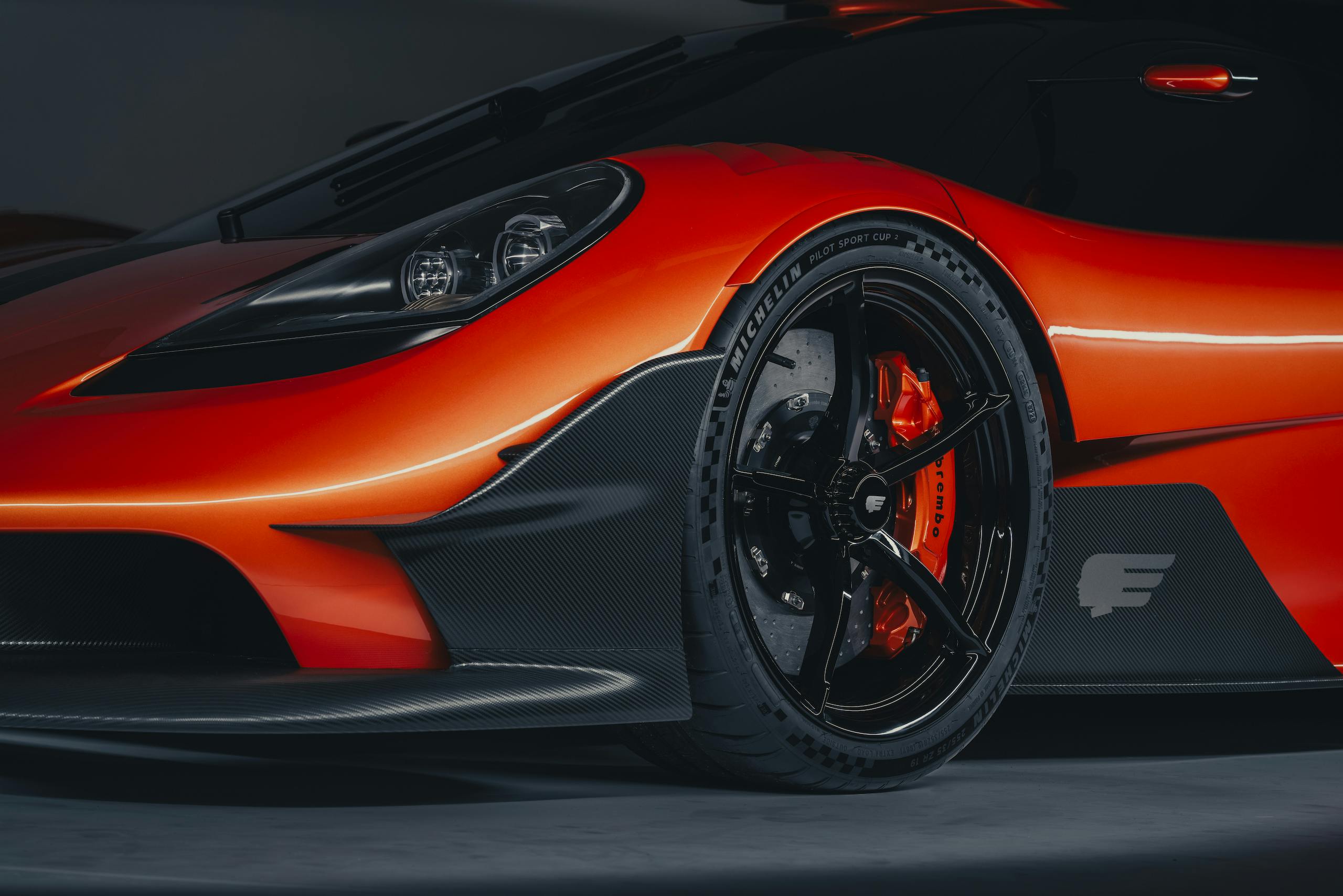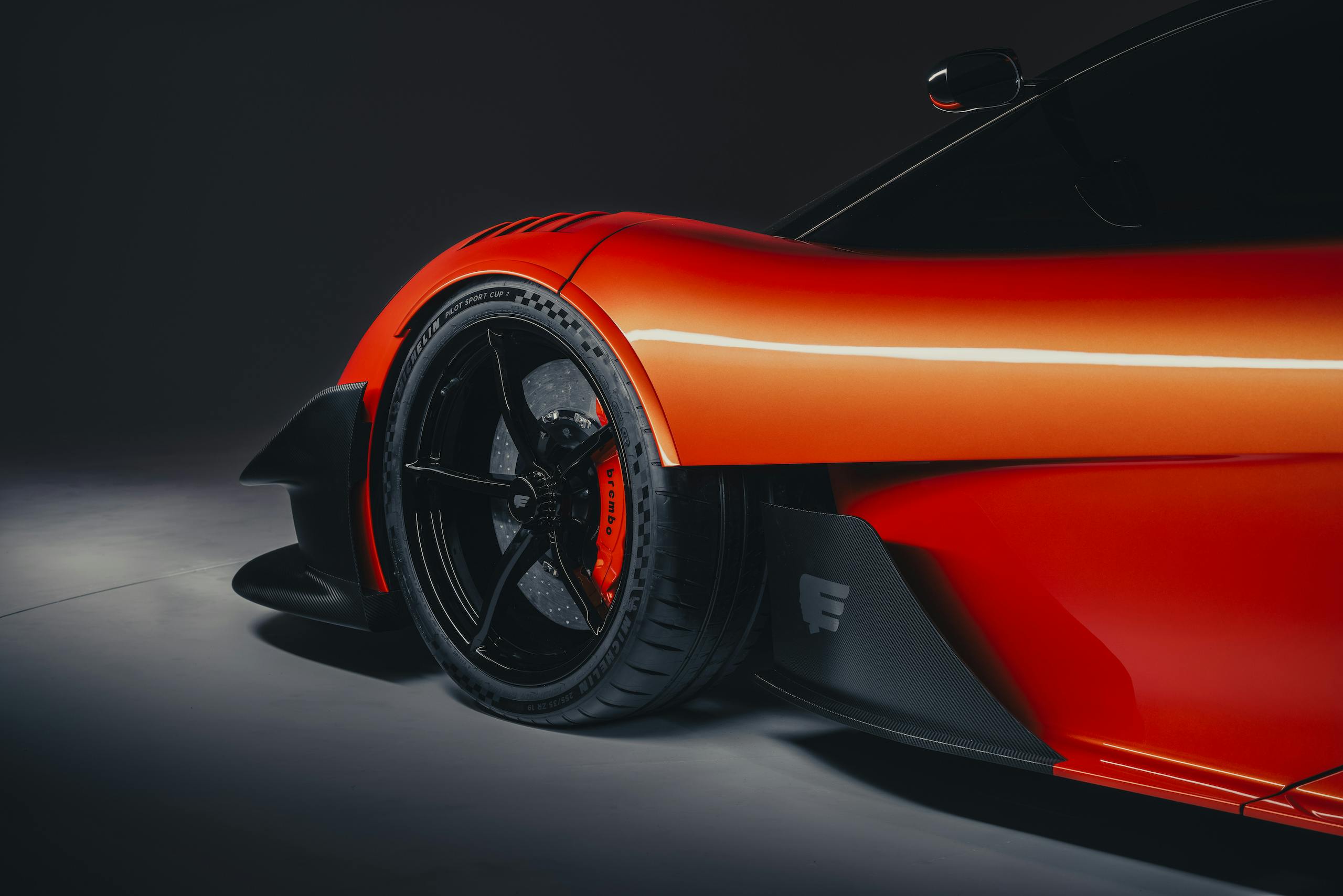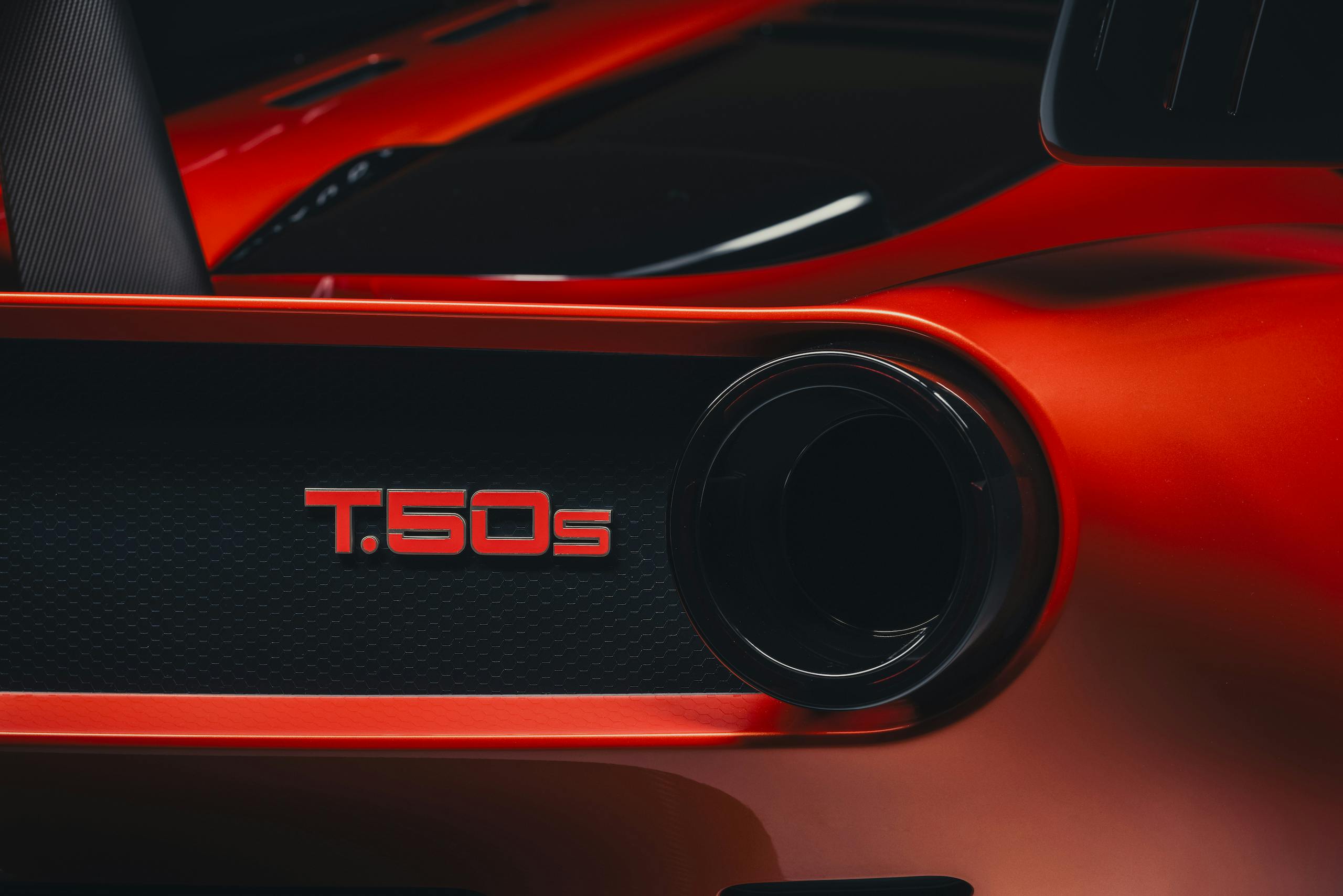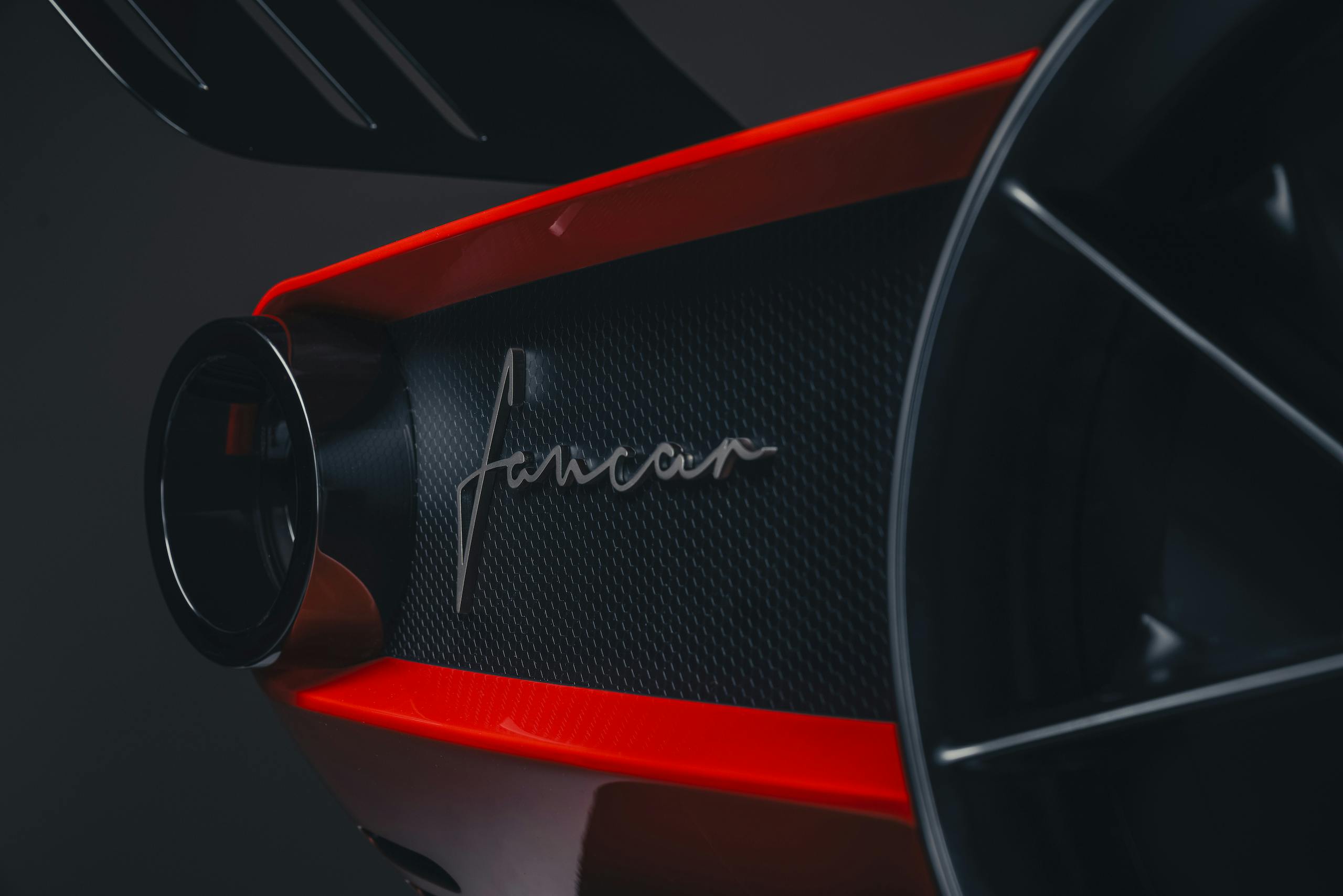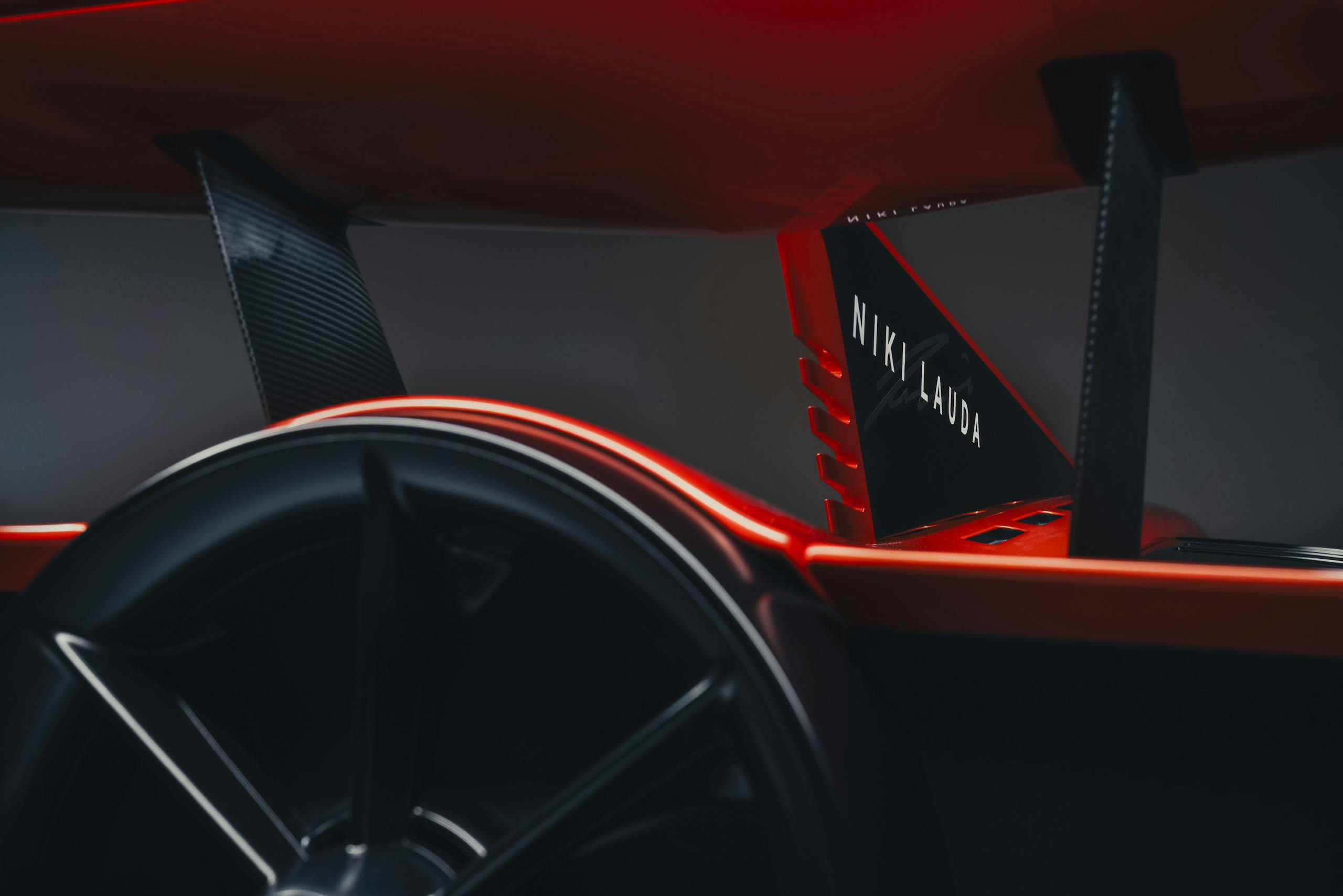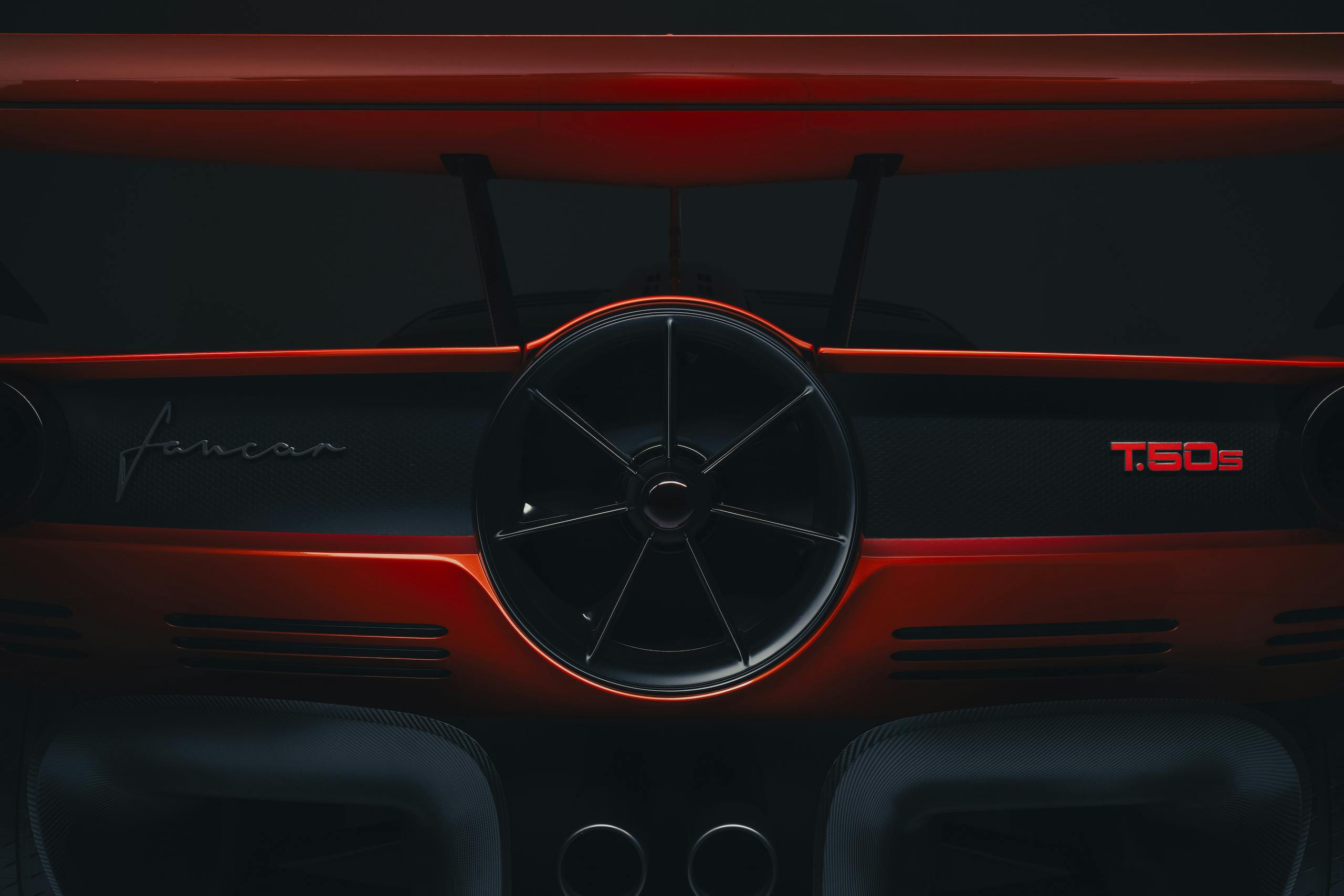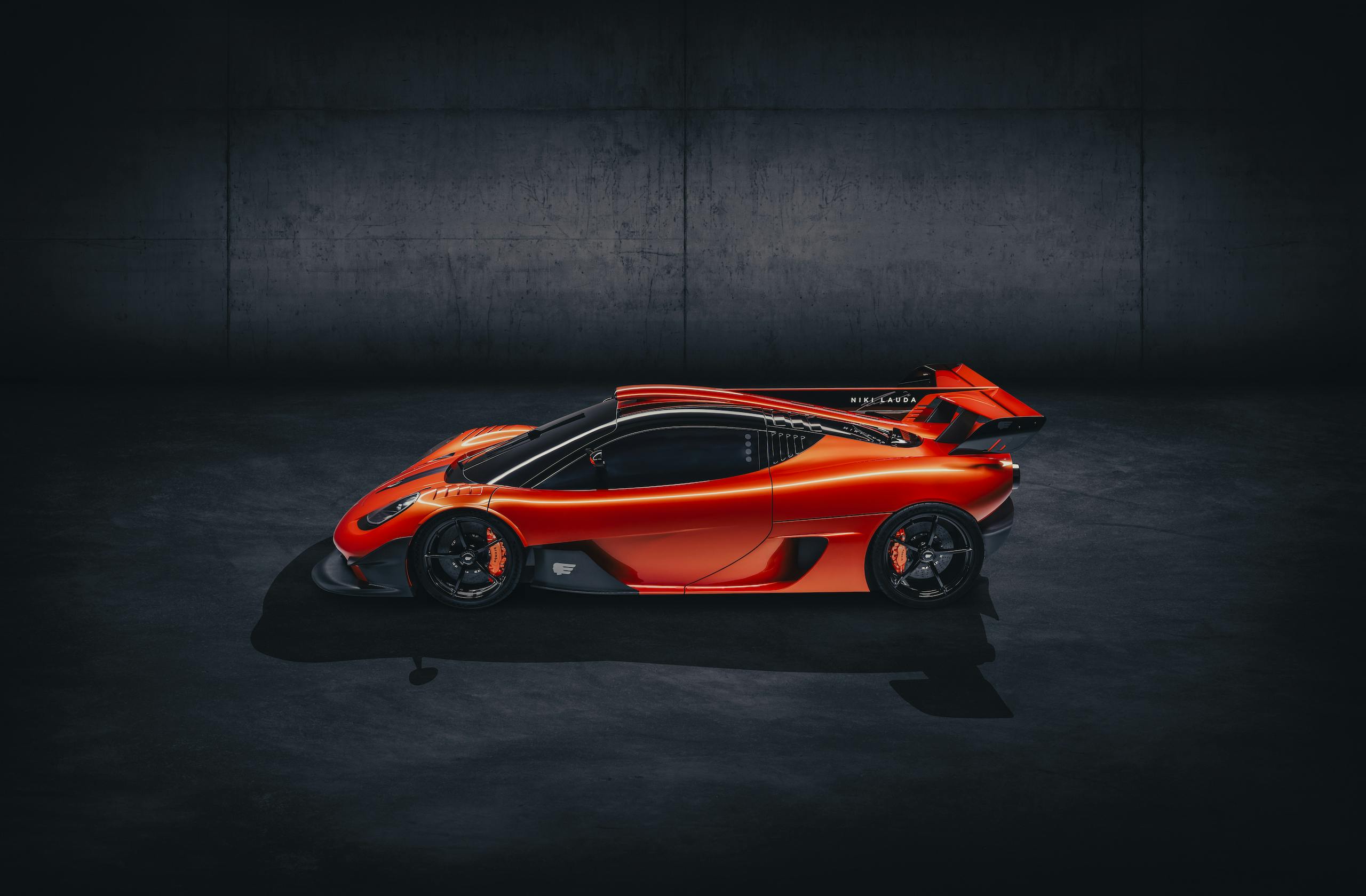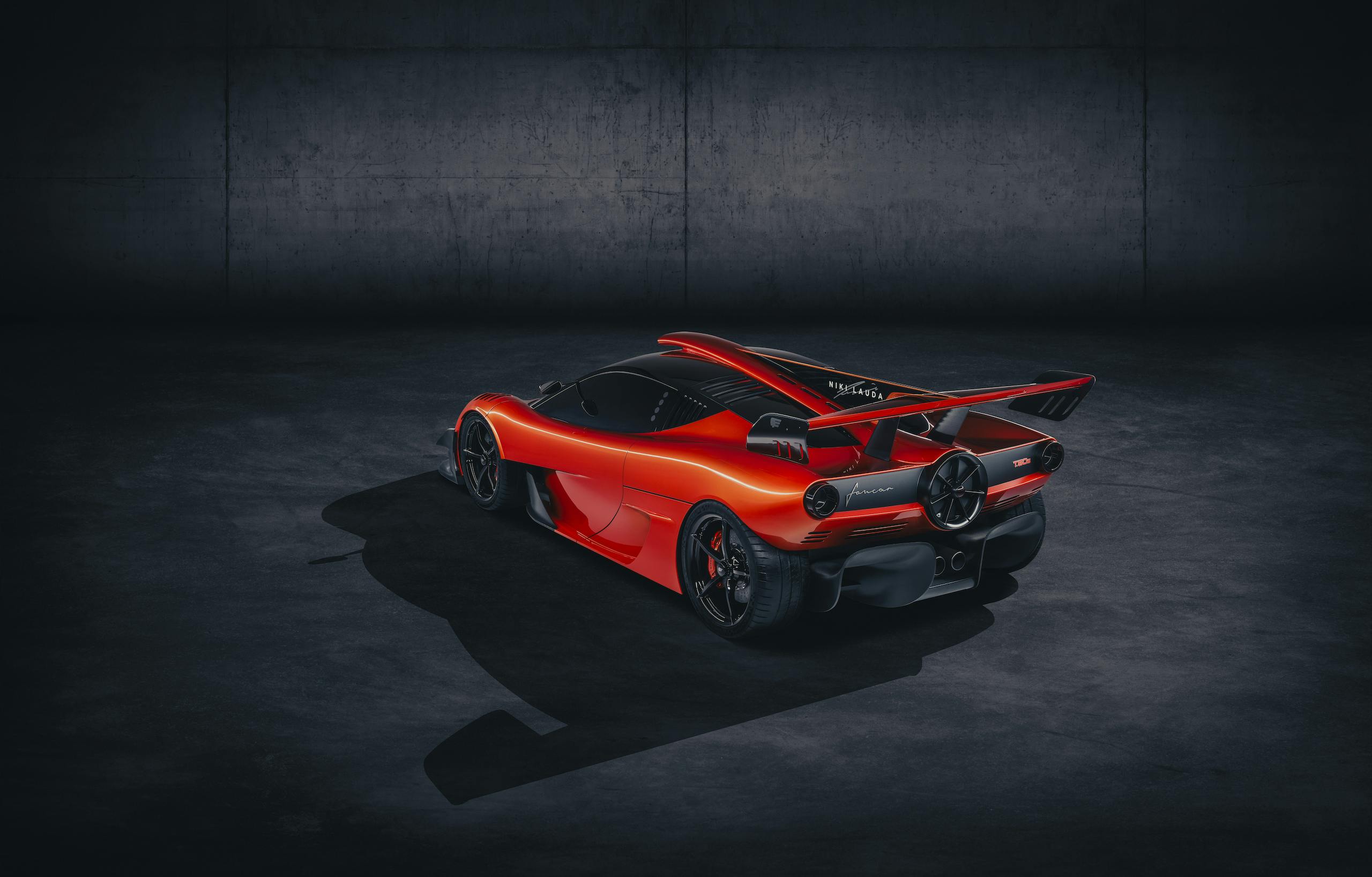Gordon Murray’s T.50s track special honors Niki Lauda, shaves 295 pounds, costs $4.36M
Expectations are high for Gordon Murray Automotive’s V-12–powered T.50, which promises to be a monument to analog supercars such as the McLaren F1. Of course, it wouldn’t be a world-beating speed machine without a dedicated track variant, and GMA is obliging with the even more extreme T.50s Niki Lauda.
Named after the triple world Formula 1 champion and Murray’s former Brabham teammate, the T.50s is more powerful, lighter, and has more fan-assisted downforce than the usual road-going T.50. Compared with the standard T.50’s 653 hp, the T.50s boasts a 725-hp version of the bespoke, naturally aspirated V-12. The track special’s freakishly featherweight footprint of just 1878 pounds represents a noticeable reduction from the road car’s 2174 pounds, and the T.50s adds an aero pack that—along with that crazy rear fan—helps generate 3307 pounds of downforce.

A fitting namesake, Niki Lauda is the only driver to win a Grand Prix in a “fan” car, the Murray-designed Brabham BT46B, winner of the 1978 Swedish GP. The car also launched on Lauda’s birthday (February 22; he would have been 72.)
“He was a mate as well as a good driver,” says Murray. “I got in touch with the family, who thought it was a brilliant idea.”

Production begins in January 2023, straight after the run of 100 T.50 road cars is completed. It costs £3.1 million ($4.36M) before taxes and just 25 examples will be made. The 25 cars will be individually named after the Grand Prix circuits on which Murray-designed Formula 1 cars have won; he scored 50 GP wins on 26 different tracks. The first car will be designated Kyalami, to commemorate Murray’s first GP win, in South Africa in 1974. Further cars will be named after the 24 subsequent wins, all in chronological order. Zeltweg in Austria misses out.
A quick recap on the “bread-and-butter” road T.50: It does without turbos, without electric-hybrid drive, and without a dual-clutch automatic gearbox. Murray, one of the world’s most successful Formula 1 designers at both Brabham and McLaren, believes anything that interferes with driving enjoyment should be eschewed from a car like this. It also has a rear-mounted fan to boost downforce and help streamlining by controlling underbody and overbody air flow. Murray is convinced the T.50 will be the world’s greatest road-going supercar. When his previous headline effort was the original McLaren F1—arguably the greatest supercar of all time and, by a considerable margin, the fastest road car of its era—one is inclined to believe him.
Murray also created the McLaren F1 GTR, the track version of the F1, which is effectively the T.50s Niki Lauda’s spiritual successor. The F1 GTR won outright at Le Mans (in 1995) and dominated production sports car racing in Europe and North America in the mid ’90s.
The T.50s Niki Lauda prioritizes driver enjoyment over outright performance, just as the normal T.50 will. “For the T.50 our target was clear, to make the best driver’s car for the road,” says Murray. “With the T.50s Niki Lauda it was equally clear, to make the best driver’s car for the track. The goal is to maximize driving fun. Although with more than 700 bhp and less than 900 kg, you know it’s going to be fast. It’s got the same power to weight ratio as the naturally aspirated LMP1 car that came second at Le Mans last year.
“Yet simply chasing lap times would have meant it would be over-tired and have too much downforce, at the expense of driver involvement. We could easily have generated more downforce but that would have made the car less manageable. Plus, you’d need an F1 driver’s level of skill to get the best from it. It needs to be accessible to good amateur drivers.”
The aerodynamics, including downforce, can be adjusted to suit owner preferences, including level of experience.
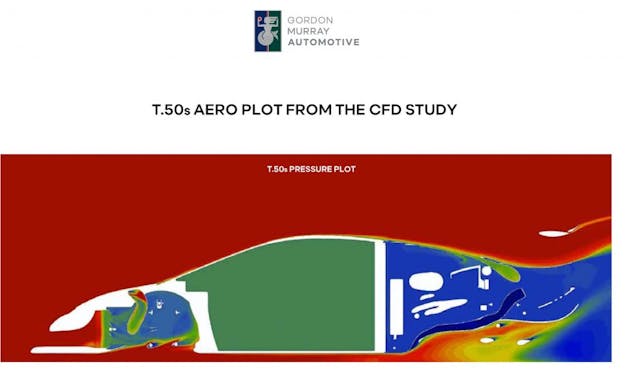
The revised 4.0-liter, Cosworth-built V-12 sees a 62-hp power increase and the same dizzy 12,100-rpm redline. Throttle response (world-best on the normal T.50, insists Murray) will be even better on the track version, although this car’s racing focus means Murray has compromised on the gearbox. Out goes the six-speed stick-and-clutch H-gate manual from the road T.50, making way for a newly designed Xtrac six-speed paddle shift competition gearbox.
Track driving niceties include that same central driving position, which should make it easier to position on a circuit than a left- or right-hand drive car. It’s a two-seater, (although the second seat can be deleted) with the passenger’s place to the left and aft of the driver’s carbon-fiber bucket. In place of the three-seat road car’s right passenger chair is a fire extinguisher system. There’s a single digital screen, replacing the analog gauges of the T.50 road car, and it includes telemetry, aero info, and a camera-fed video function. There’s also a simple new rectangular carbon steering wheel.
The carbon monocoque structure is revised for the T.50s Niki Lauda to fit a ram-induction box on the roof and accommodate the altered oil-cooling position. Every single body panel is different: note the big front splitter, barge boards, rear delta wing, bigger rear diffuser, and big central rear fin (with discreet Niki Lauda branding). The fan helps with downforce and stability, reducing the size of the aero appendages. Murray wanted a clean look. Overall weight reduction is an impressive 295 pounds—which is even more when you remember that the road car weighs so little.
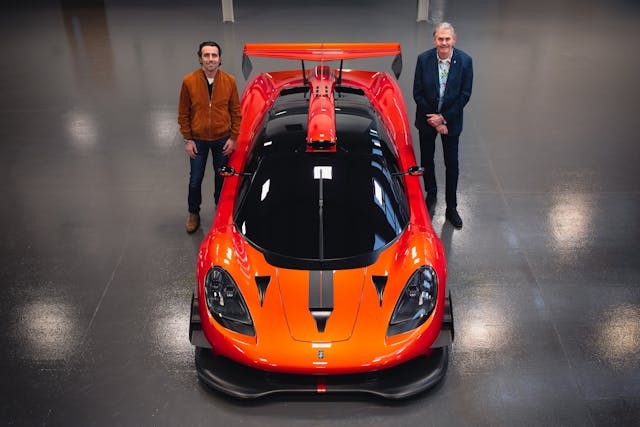
The $4.36M price includes all equipment and tools to run the car on the track, a day at the circuit to set up the car, and technician training. There’s extra engineering support for track days and races, if desired.
Murray is confident that the GMA T.50s Niki Lauda will be the ultimate track experience and, as the world is on the verge of widespread electrification, perhaps the ultimate track car of all time—at least in terms of driving engagement and enjoyment. “Unless somebody else can build a car down to 850 kg (1874 pounds) with a central driving position and a V-12 that revs to 12,000, nobody is going to get close.”

